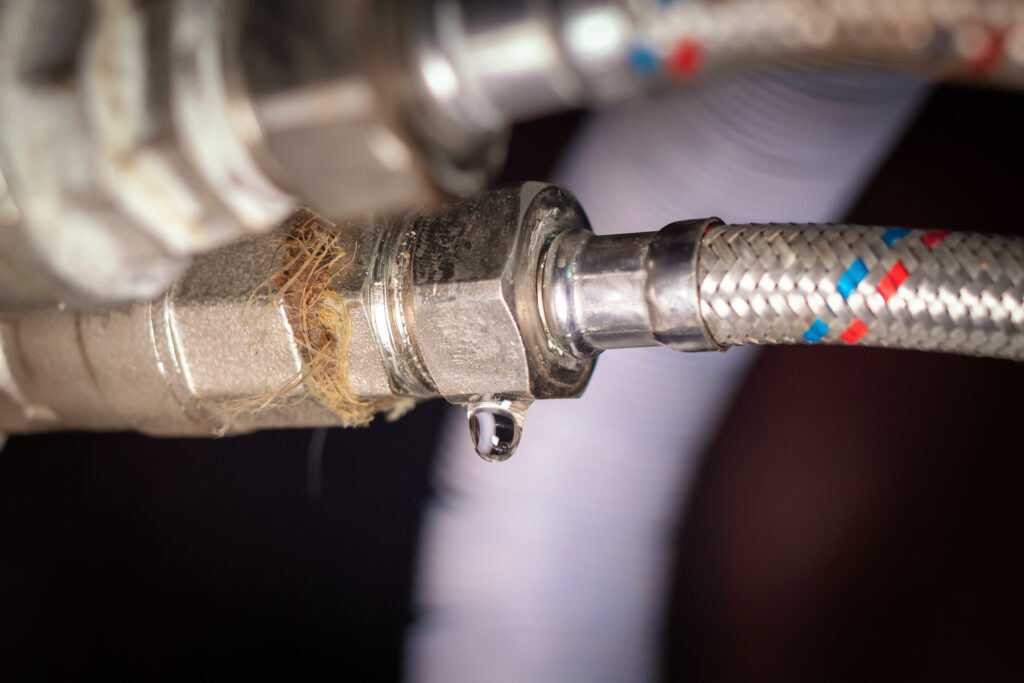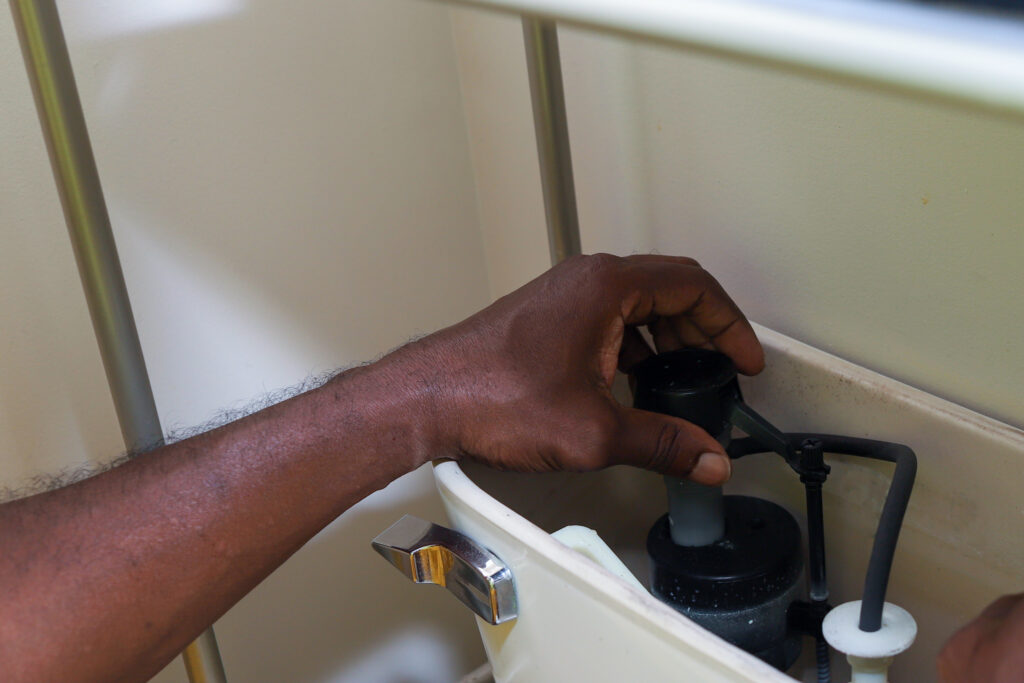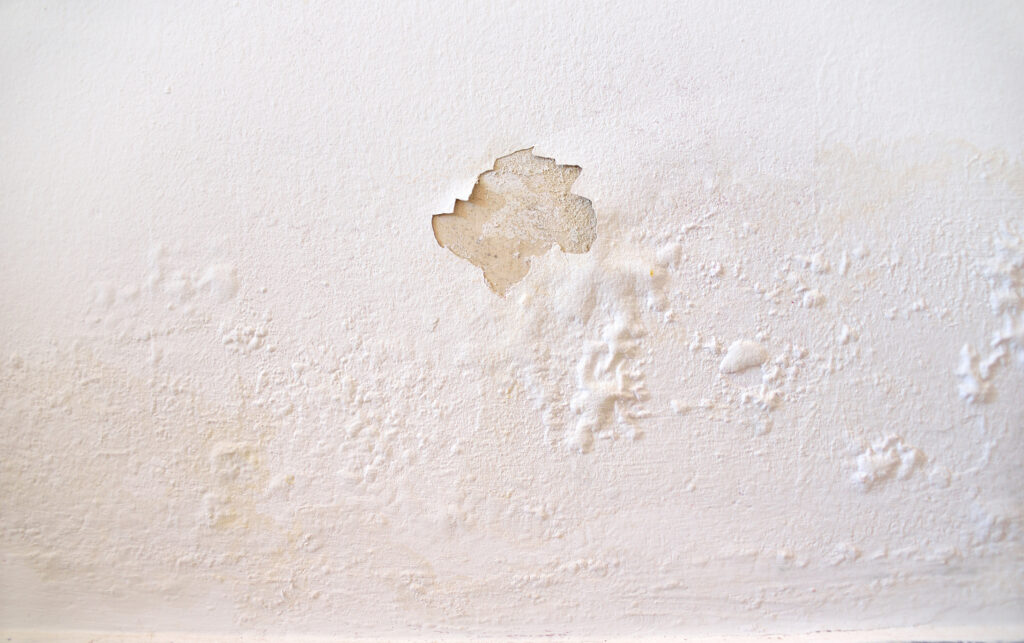Find Those Leaks — and Fix Them!
 March 20, 2023
March 20, 2023It’s the EPA’s 15th annual Fix A Leak Week.
Did you know that household leaks can waste nearly 1 trillion gallons of water nationwide every year?
That’s why we set aside one week every March for the EPA’s annual Fix a Leak Week. This year we’re hunting down leaks from March 20-26, but remember: You can find and fix leaks to save valuable water and money all year long with the tips below.
How to Find Leaks:
Check all fixtures (inside and outside) and connections for drips. Over time, a slow drip from just a single faucet adds up to a lot of wasted water—up to about 3,000 gallons of water a year.
That means checking sink fixtures and the water lines that attach to your sink; checking the shower and bathtub—anywhere there’s a faucet.
Check the hoses to your washing machine and dishwasher, too. Sometimes you just need to replace a washer where it connects to the faucet. Other times the hose is cracked or weeping, and replacing the entire thing is best.


Check your toilets. A leaky toilet is the stuff of nightmares — it can waste up to 200 gallons of water every day!
Remove the top of the tank and put your ear close. If there’s a leak, you’ll often hear a dripping, burbling or hissing sound.
Can’t find anything? Put a few drops of food coloring in the tank (NOT in the bowl). Wait a few minutes or longer, and then check the water in the bowl — if the dye has seeped into the bowl, there’s a leak in the flapper.
Check the hot water tank. There is a pressure relief valve that sometimes drips. In some cases, they’ve been hooked directly into a drain — meaning that if it’s leaking, you probably won’t notice it right away.
Check the drain pipe if it’s accessible, or listen carefully for a dripping or hissing sound. If there are puddles of water near the water heater and the drain or pressure relief valves aren’t leaking, it’s likely the tank itself has a leak.
If that’s the case, don’t waste time — call a plumber as soon as possible. Leaky water heaters will often burst suddenly and can cause extensive, expensive damage.
A leak could be hidden inside the walls or under flooring. Sometimes these cause just a little bit of visible damage (at first) to the wall — paint peeling or bubbling.
To check, ensure that all the faucets are turned off. If you have a leaky faucet, turn off the supply valves closest to the faucet. Now check your water meter. If no water is entering the house, it should not be registering any flow.
Make a note of the meter’s reading, and then — leaving all faucets and valves turned off — check again in an hour or two. If the numbers have changed, it’s likely you have a hidden leak. It’s time to call a plumber.

If you have a pool or irrigation system, those need to be checked as well to ensure they weren’t damaged by frost or freezing. An irrigation system that has a leak 1/32nd of an inch in diameter (about the thickness of a dime) can waste about 6,300 gallons of water per month! The video at this link shows one way to check for a pool leak. And don’t forget to check any garden hoses, too.
One last note: Keep a close eye on your water bill all year. If your usage suddenly spikes, it’s likely due to a leak. And consider replacing older sinks, toilets and appliances with EPA WaterSense models.
Follow us on Facebook, Twitter and Instagram for more tips all Fix a Leak Week!